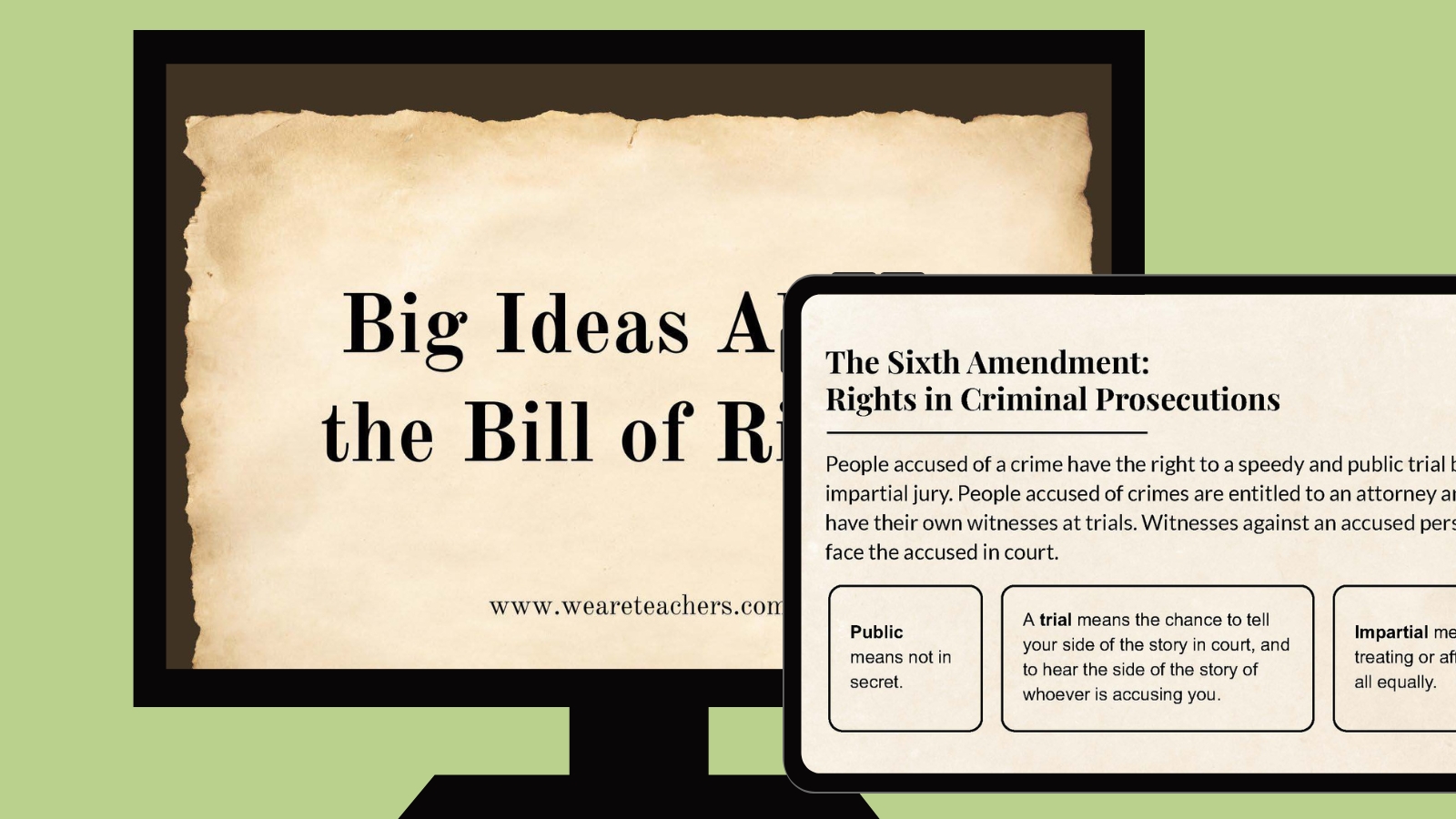
Teaching guide with everything you need in one place.

Teaching kids about the Bill of Rights is crucial for helping them build background knowledge about the United States government and legal system. Whether you’re gearing up to celebrate Bill of Rights Day on December 15 or planning a social studies unit, we’ve done the work for you and pulled together a fantastic collection of Bill of Rights resources for kids.
Don’t miss our free downloadable. Grab your full set of ready-to-go Bill of Rights for Kids Google Slides with kid-friendly explanations and discussion questions for your classroom.
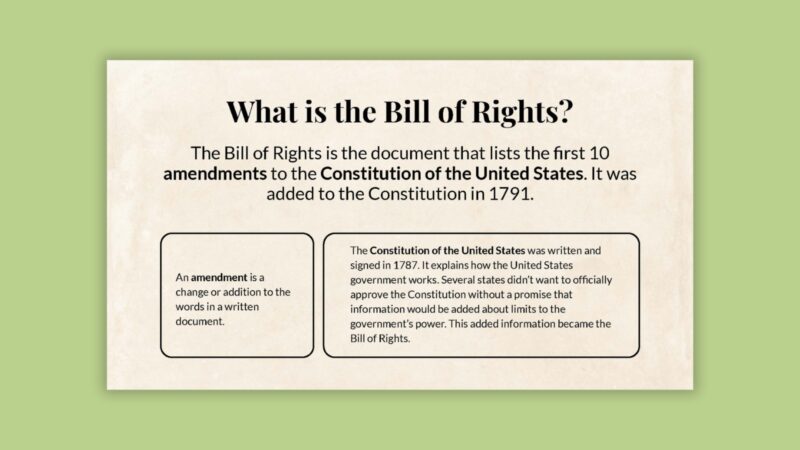
The amendments in the Bill of Rights added important information to the U.S. Constitution about the rights of individual people in the United States.
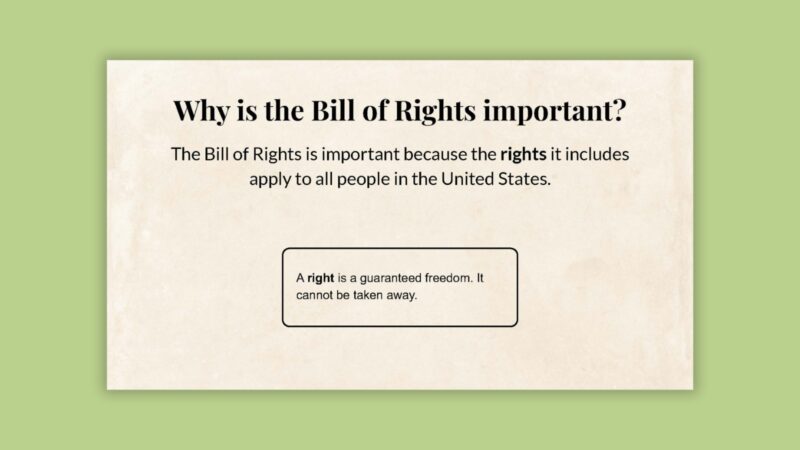
More than 200 years after it was written, the Bill of Rights still protects every person in the United States today.
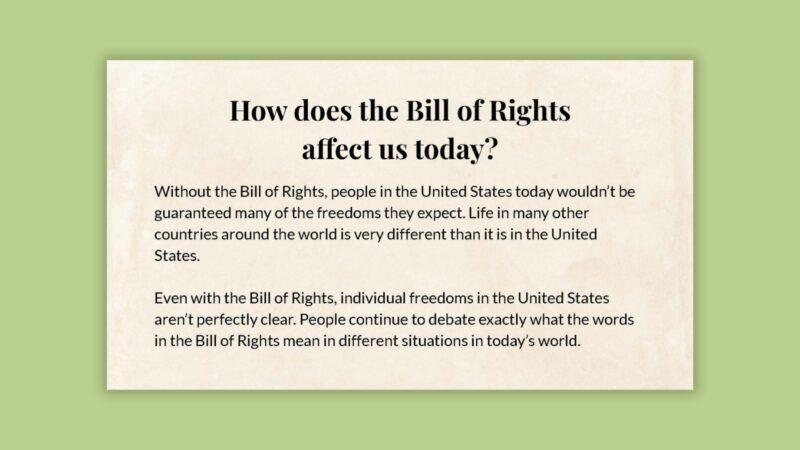
The Bill of Rights protects our freedoms and has helped make the United States the country it is today as compared to other countries around the world.
When translating the Bill of Rights for kids, you’ll want to share some of the formal language along with simplified explanations. Download our Google Slides to make a class introduction or note-taking lesson easy! For more background on the language in each amendment, check out the Library of Congress’ Constitution Annotated page.
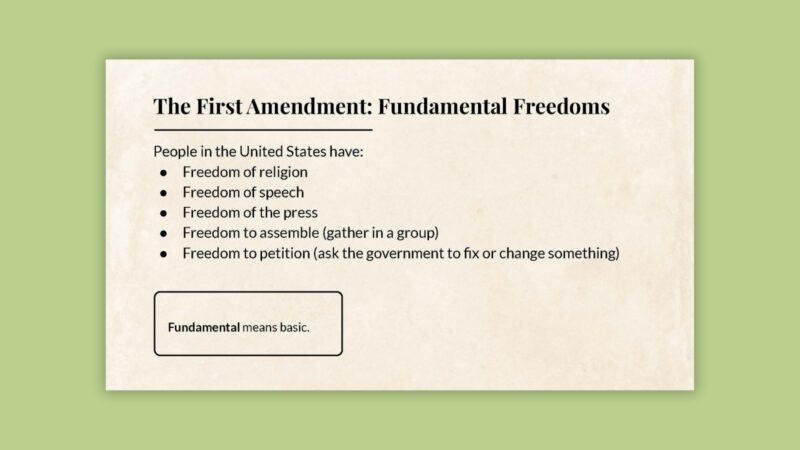
People in the United States have:
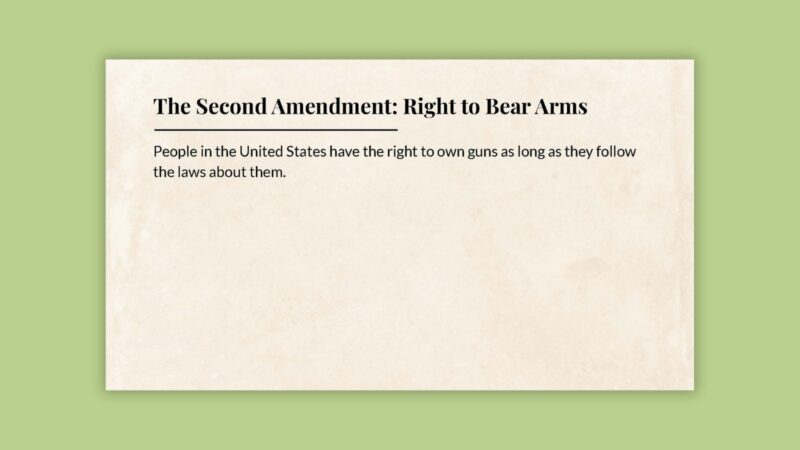
People in the United States have the right to own guns as long as they follow the laws about them.
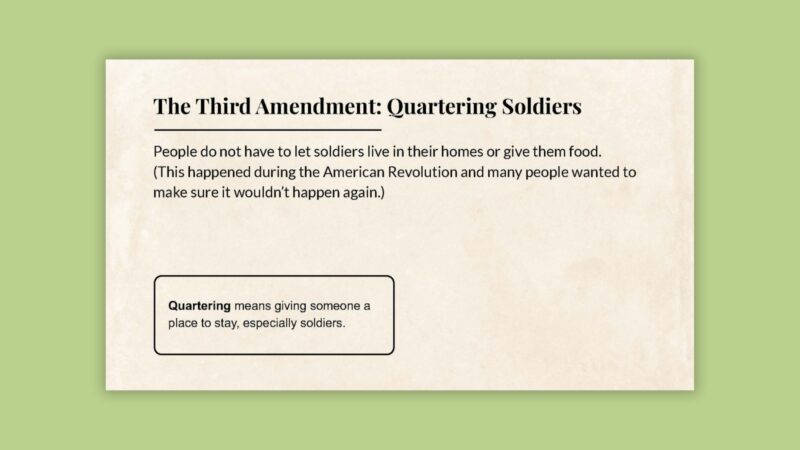
People do not have to let soldiers live in their homes or give them food. (This happened during the American Revolution and many people wanted to make sure it wouldn’t happen again.)
ADVERTISEMENT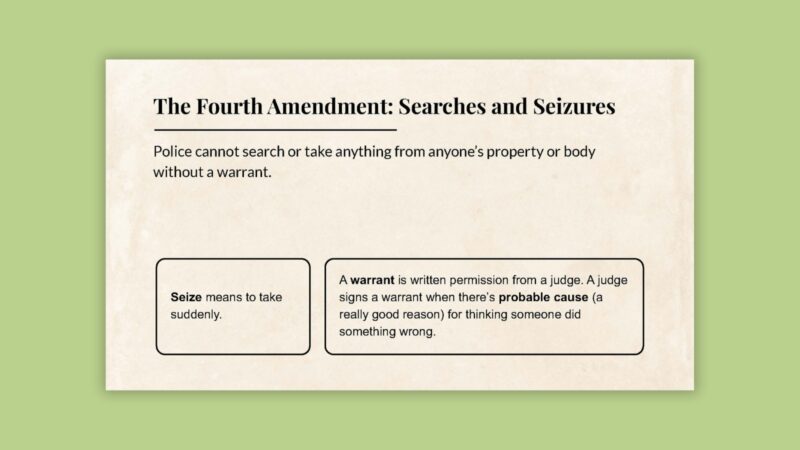
Police cannot search or take anything from anyone’s property or body without a warrant.
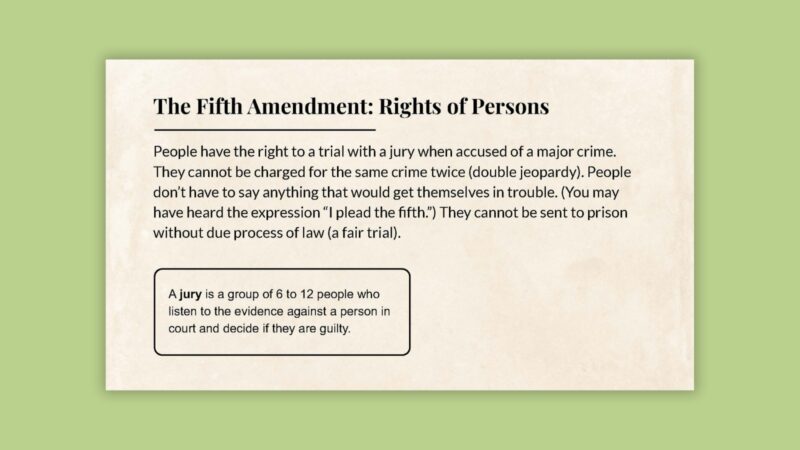
People have the right to a trial with a jury when accused of a major crime. They cannot be charged for the same crime twice (double jeopardy). People don’t have to say anything that would get themselves in trouble. (You may have heard the expression “I plead the fifth.”) They cannot be sent to prison without due process of law (a fair trial).
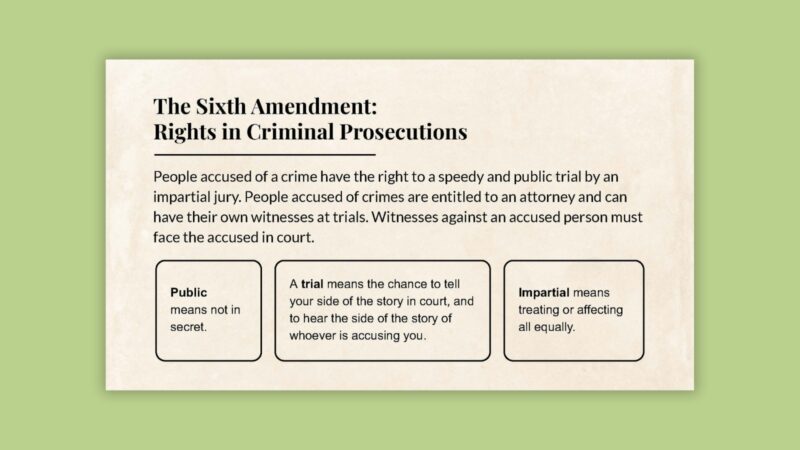
People accused of a crime have the right to a speedy and pubic trial by an impartial jury. People accused of crimes are entitled to an attorney and can have their own witnesses at trials. Witnesses against an accused person must face the accused in court.
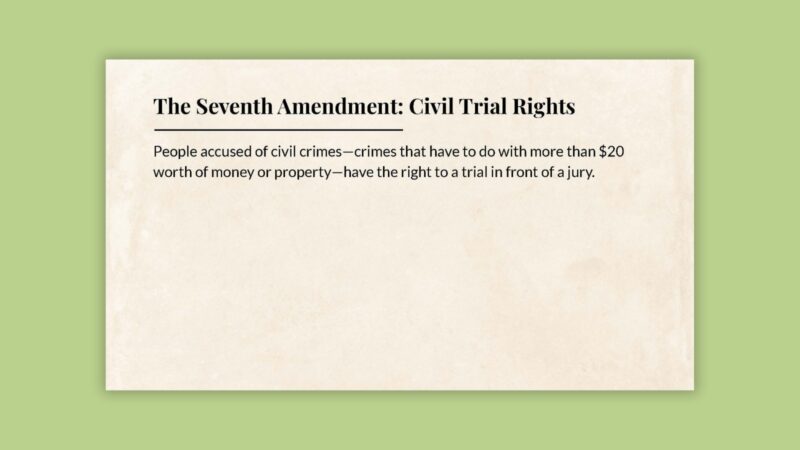
People accused of civil crimes (crimes that have to do with more than $20 worth of money or property) have the right to a trial in front of a jury.
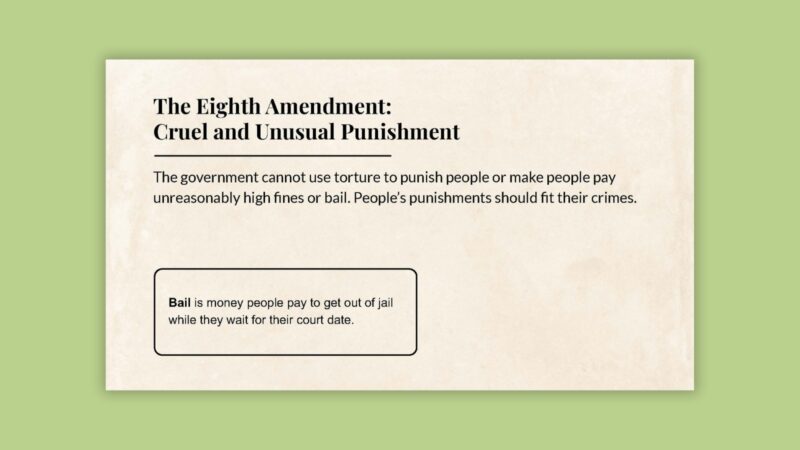
The government cannot use torture to punish people or make people pay unreasonable high fines or bail. People’s punishments should fit their crimes.
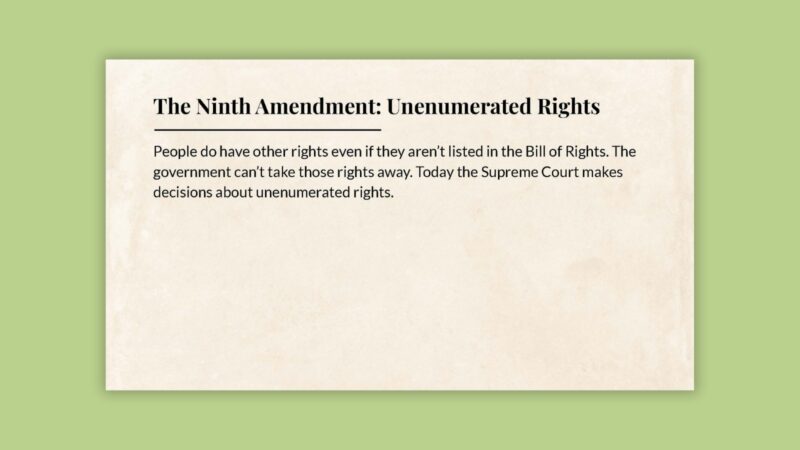
People do have other rights even if they aren’t listed in the Bill of Rights. The government can’t take those away. Today the Supreme Court makes decisions about unenumerated rights.
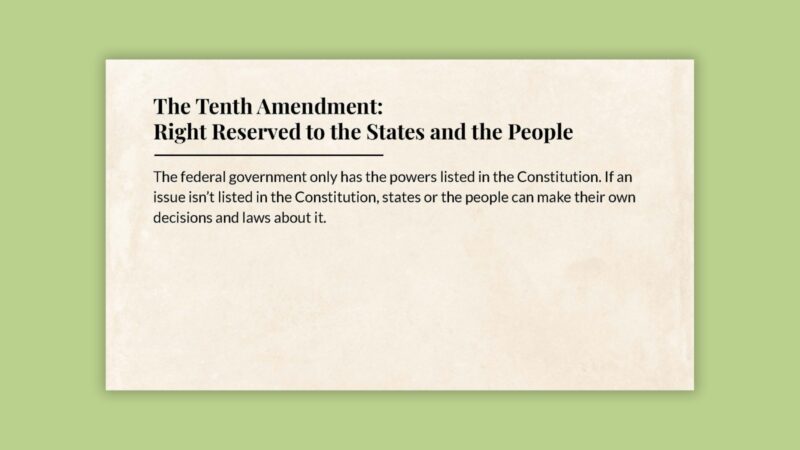
The federal government only has the powers listed in the Constitution. If an issue isn’t listed in the Constitution, states or people can make their own decisions and laws about it.
Help kids understand the Bill of Rights by getting them to think about how it relates to their lives.
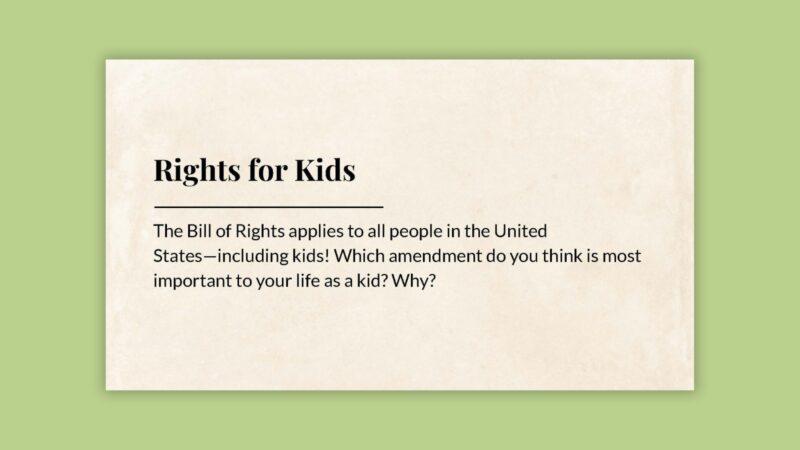
The Bill of Rights applies to all people in the United States—including kids! Which amendment do you think is most important to your life as a kid? Why?
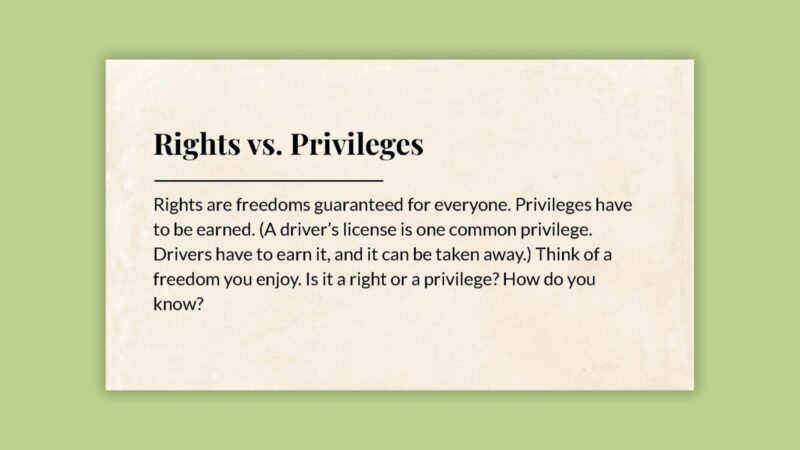
Rights are freedoms guaranteed for everyone. Privileges have to be earned. (A driver’s license is one common privilege. Drivers have to earn it, and it can be taken away.) Think of a freedom you enjoy. Is it a right or a privilege? How do you know?
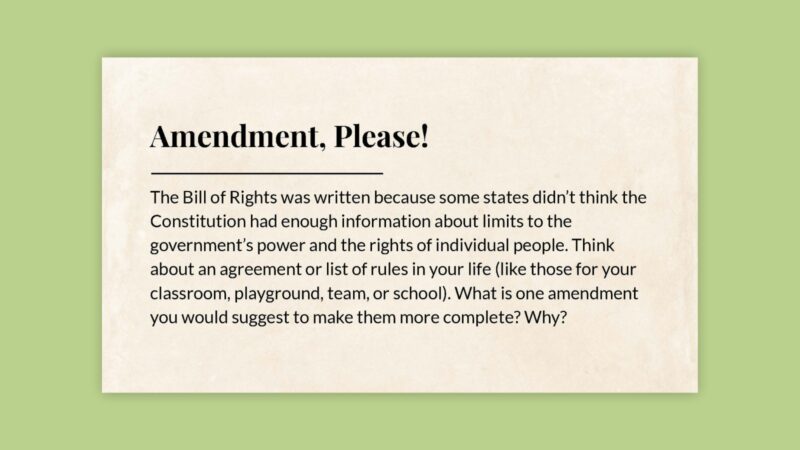
The Bill of Rights was written because some states didn’t think the Constitution had enough information about limits to the government’s power and rights of individual people. Think about an agreement or list of rules in your life (like for your classroom, playground, team, or school). What is one amendment you would suggest to make it more complete? Why?
Check out our free Bill of Rights worksheets plus other favorite teacher-tested activities and lesson plans to make teaching the Bill of Rights easier.
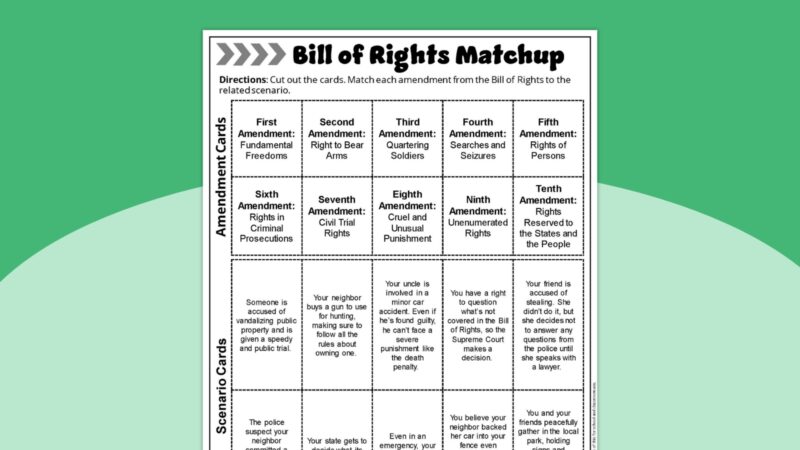
Use these matching cards as a Bill of Rights worksheet task by asking students to cut and glue them in pairs on a blank page or in their notebooks. Hide them around the classroom and have students work together to find and match them in a pocket chart. Or have students read or act out each scenario card and have their peers guess which amendment relates to their scene. Students can also write their own examples of other situations that apply to each amendment.
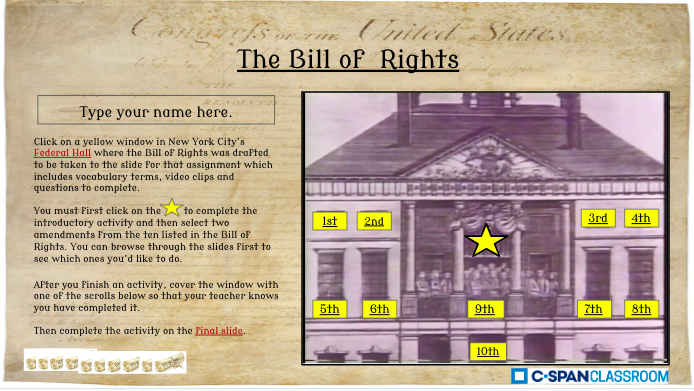
C-Span Classroom offers a downloadable Google Slides choice board that features drag-and-drop vocabulary activities for each amendment along with lots of video clips. This is a great one-stop resource for upper middle school and high school students to explore each amendment in detail.
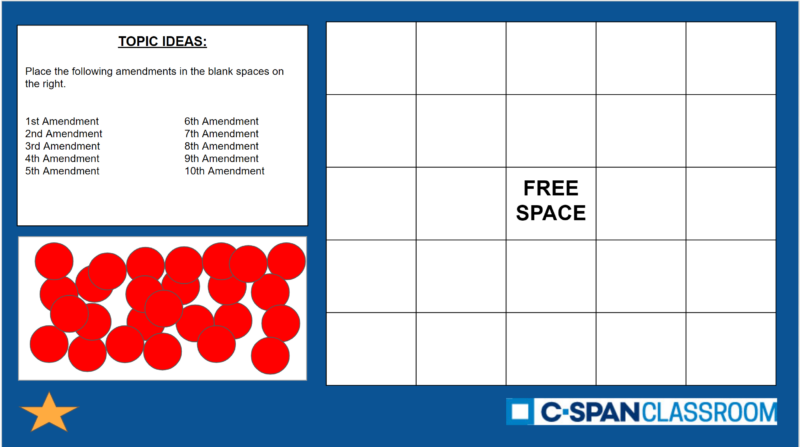
An extension activity from C-Span Classroom, this digital bingo board helps students test their knowledge of each amendment.
Try it: Bill of Rights Bingo at C-Span Classroom
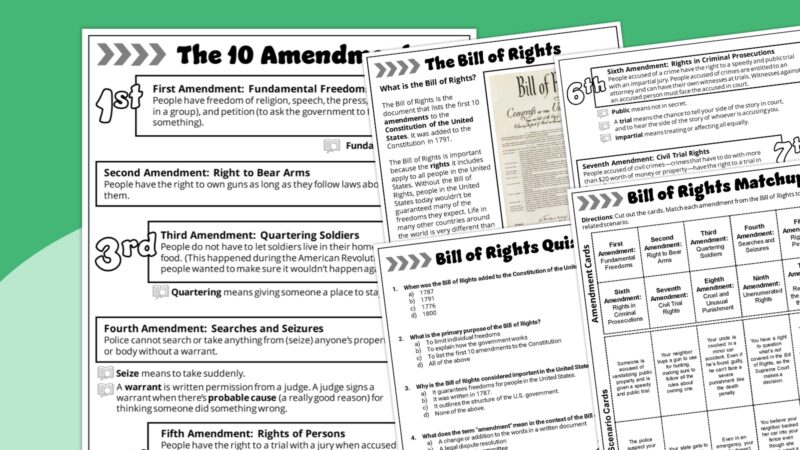
This Bill of Rights worksheet bundle includes printable student handouts with information about the Bill of Rights and the 10 amendments along with a reading comprehension quiz.
This elementary school lesson plan from the American Constitution Society for Law and Policy gets classrooms talking about nuances of free speech with discussion prompts based on pictures.
Get it: The First Amendment & Free Speech lesson plan at American Constitution Society for Law and Policy
These multi-day lesson plans from the National Constitution Center include background information, discussion topics, and games to teach students all about the Bill of Rights. They offer versions for grades 3-5 and grades 6-8.
Get it: Bill of Rights lesson plans at National Constitution Center
This in-depth lesson plan from the National Archives gets high school students talking about their rights, studying primary sources, and engaging in debates.
A solid book collection is always helpful. These are our favorite Bill of Rights books for kids.
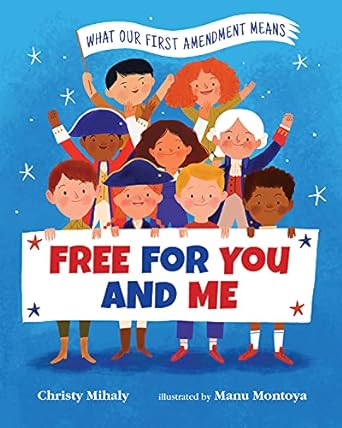 Amendment Means as an example of Bill of Rights Books" width="342" height="428" />
Amendment Means as an example of Bill of Rights Books" width="342" height="428" />
There’s so much to talk about just in the First Amendment in the Bill of Rights. This picture book is perfect for helping elementary kids break it down. For upper elementary and middle school kids, extend the book’s concepts with Curious City’s free educator guide.
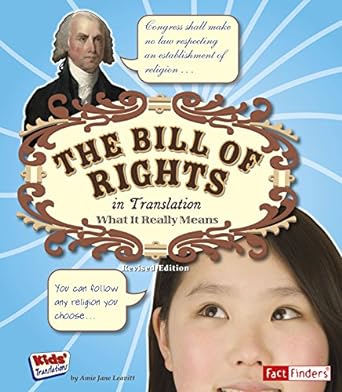
This is our favorite read-aloud to introduce all things Bill of Rights to elementary kids.
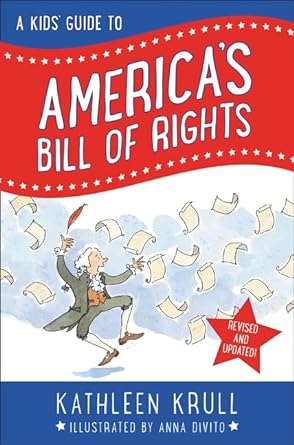
This chapter book reads like a kid-friendly guidebook. Use portions of it as a read-aloud or an engaging textbook substitute for your middle schoolers.
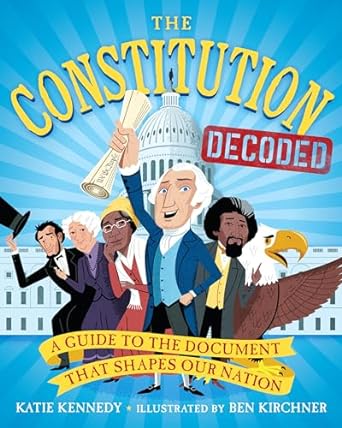
This book is super-useful for teaching middle school kids all about the U.S. Constitution. It has a lengthy section on the Bill of Rights and later amendments.
Just click the button below to fill out the form and get instant access to a free downloadable Bill of Rights teaching Google Slides with kid-friendly explanations and discussion questions.
Share this article
Every product is independently selected by (obsessive) editors. Things you buy through our links may earn us a commission.